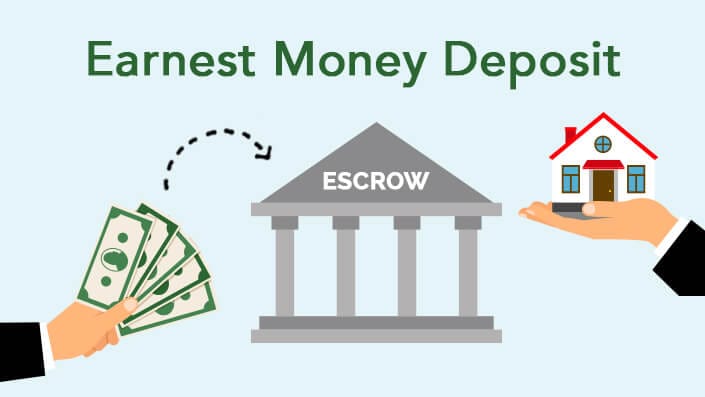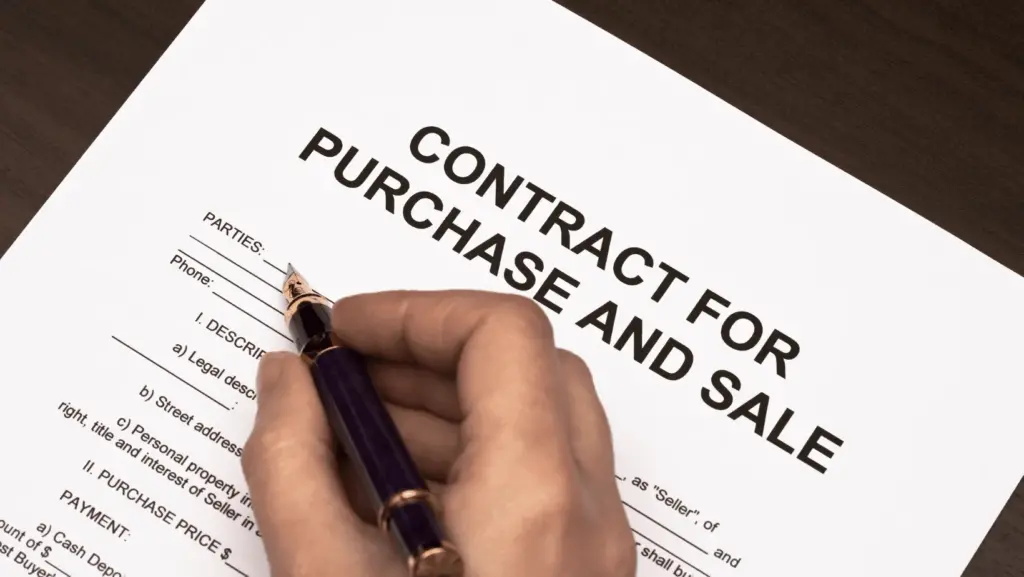A Step-by-Step Guide to Buying a Home for Sellers
Selling your home is a big decision that can feel overwhelming, but with the right plan, you can navigate the process smoothly and confidently. Whether this is your first time selling or you’re a seasoned homeowner, this step-by-step guide will walk you through everything you need to know to successfully sell your property.
Step 1: Decide to Sell
The first step in selling your home is making the decision to do so. Ask yourself why you’re selling. Are you relocating for a job, upgrading to a larger home, or downsizing? Understanding your reasons can help you set clear goals and timelines for the process.
Also, consider your financial situation. Review your mortgage payoff amount and calculate how much equity you have in your home. Equity is the difference between what you owe and what your home is worth. This will give you an idea of how much money you might make from the sale.
Step 2: Hire a Real Estate Agent
While some sellers choose to sell their home on their own, hiring an experienced real estate agent can make the process much easier. A good agent knows your local market, can set the right price, and will handle marketing, negotiations, and paperwork for you.
Interview several agents before choosing one. Ask about their experience, marketing strategies, and recent sales. Look for someone you feel comfortable with and who has a proven track record in your area.
Step 3: Set the Right Price
Pricing your home correctly is one of the most important steps in the selling process. If you price it too high, it might sit on the market for too long. If you price it too low, you could lose out on potential profit. Your real estate agent will help you by conducting a Comparative Market Analysis (CMA) and determining if it is a buyer’s or seller’s market by looking at the Absorption Rate. This report looks at the sale prices of similar homes in your area to determine the best price for your property. Be realistic and willing to adjust the price if needed based on market feedback.

Step 4: Prepare Your Home for Sale
First impressions matter. Take the time to prepare your home so it appeals to buyers. See my contracts and forms guide to see what types of forms are needed and when. Here are some key steps:
Declutter: Remove personal items and excess belongings to make the space feel open and neutral.
Deep Clean: A spotless home shows buyers that it’s well cared for.
Step 5: Market Your Home
Your real estate agent will create a marketing plan to attract buyers. This usually includes professional photography, online listing on the Multiple Listing Service (MLS), social media promotion, and hosting open houses. Your agent should hire a professional photographer and stager to arrange furniture and decor in a way that highlights your home’s best features. Your agent generally should not charge you for photographs or staging, that should be included in their commission. You can also share your listing on your personal social media channels to reach more potential buyers. The more eyes on your property, the better your chances of selling quickly.
Step 6: Show Your Home
When potential buyers come to see your home, it’s important to make a good impression. Keep your home clean and organized at all times, as you might need to accommodate last-minute showings. During showings, leave the house so buyers can feel comfortable exploring it without feeling pressured. Be flexible with showing times. The more accommodating you are, the more opportunities you’ll have to attract serious buyers.

Step 7: Receive Offers
Once buyers are interested, they’ll submit offers. Your real estate agent will present these to you and help you evaluate them. Look beyond the offer price—consider other factors such as contingencies, financing terms, and the proposed closing date. You can accept an offer, reject it, or make a counteroffer. Your agent will guide you through the negotiation process to ensure you get the best deal possible.
Step 8: Under Contract
After accepting an offer, you’ll officially be under contract. This period involves title companies, inspections, appraisals, and final negotiations. Here’s what to expect:
Title Company: Title companies get involved once there is a signed contract in-place. Generally the seller will pay for the Owner’s Title Policy and the buyer will pay for the Lender’s Title Policy.
Home Inspection: The buyer will likely schedule a home inspection to check for any issues. Be prepared to negotiate repairs or offer credits if needed.
Appraisal: If the buyer is financing the purchase, their lender will order an appraisal to confirm the home’s value.
Final Negotiations: Sometimes, the inspection or appraisal results may lead to further negotiations. Stay open-minded and work with your agent to resolve any issues.
Step 9: Closing
Closing is the final step in the process. This is when ownership of the property officially transfers from you to the buyer. Before closing, you’ll need to:
Review and sign all necessary documents.
Pay any closing costs, such as agent commissions and transfer taxes.
Hand over the keys to the buyer.
Once the sale is complete, you’ll receive the proceeds from the transaction. Congratulations—you’ve successfully sold your home!
Final Tips for Sellers
Stay Organized: Keep track of important documents and deadlines.
Be Patient: Selling a home can take time, so don’t get discouraged if things don’t happen overnight.
Listen to Your Agent and Title Company: They have the experience and knowledge to guide you through the process.
Selling a home is a significant milestone, but with the right approach, you can achieve your goals and move on to the next chapter of your life. Follow this guide, lean on your real estate agent, and stay positive throughout the journey. Good luck!










